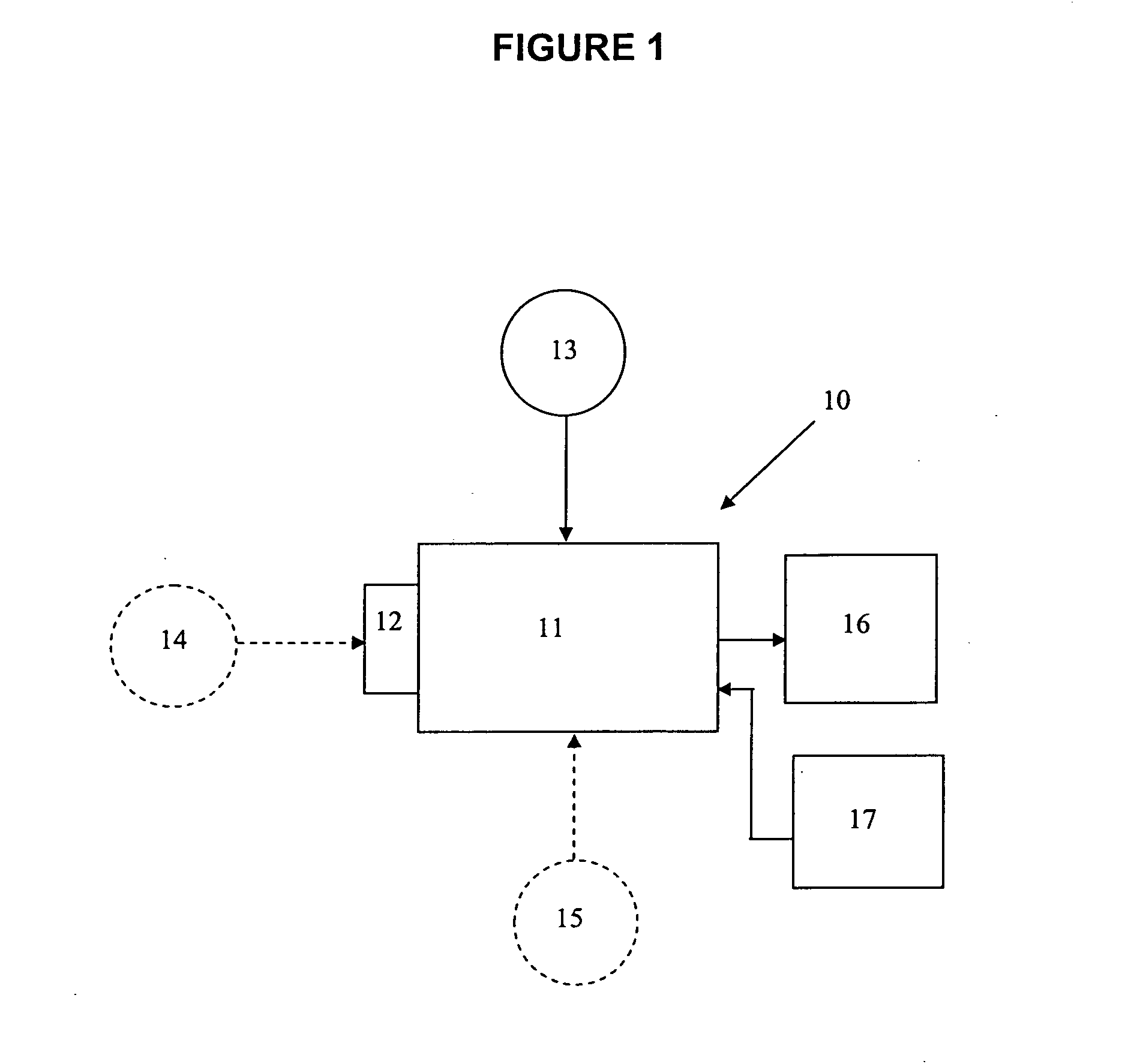Method and system for evaluating feeding performance of individual neonates
a feeding performance and individual neonate technology, applied in the field of method and system for evaluating infant feeding performance, can solve the problems of skill level, less attention, and risk of under-developed feeding performance levels
- Summary
- Abstract
- Description
- Claims
- Application Information
AI Technical Summary
Benefits of technology
Problems solved by technology
Method used
Image
Examples
example 1
[0068]This example involves a method for assessing a neonate's risk of subsequent abnormal mental and psychomotor development using a neonate's individual referenced feeding parameter scores.
[0069]The study sample consisted of 105 neonates. The mean GA at birth for the overall sample was 30.19 weeks (range=28 to 34), with mean birth-weight of 1456 grams, and mean length of hospital stay of 42 days. The mean maternal age was 28.3, with over 42% of mothers having completed some level of college education, 36% with high school diploma, and the remaining 26% with less than a high school education. The neonates were predominantly African-American (63%) and approximately half (49.6%) were female.
[0070]The feeding performance assessment was based on a 5-minute test initiated 30 minutes prior to the second scheduled feeding of the day. A modified Kron nutritive sucking apparatus used to derive three feeding parameters: the number of sucks emitted during the session, the average number of su...
example 2
[0079]This example illustrates a method for determining abnormal feeding organization in preterm neonates and shows that different aspects of the sucking pattern mature at different GAs and are of relevance to neurobehavioral development.
[0080]One hundred and eighty-six neonates with GA between 33 and full-term (38-42 weeks) were studied. All infants were free from congenital anomalies, with birth weights within the normal for GA at birth. At the time of testing, the neonates were free of medical complications, breathing room air, in open cribs and medically stable. Neonates were assigned to the following groups; GA 33 weeks (N=40), GA 34 weeks (N=39), GA 35 weeks (N=40), GA 36 (N=16), GA 37 (N=21), and full-term (GA range=38-42 weeks, mean=39.49±1.01; n=30). The full-term neonates were designated as 40 weeks for analysis purposes. There were an equal number of males and females in all of the GA groups. There were no significant differences in Apgar scores at 1 or 5 minutes, or mate...
example 3
[0096]This Example illustrates a method for diagnosing abnormal feeding organization in full-term neonates.
[0097]Fifty-six full-term neonates, received 5-minute feeding tests after 10 hours of age on and during the second day of life. Physical examinations were completed as per nursery routine. The feeding measurements were obtained using a Kron nutritive sucking apparatus one half-hour before the neonates were to be returned to the mother (approximately 9:30 a.m.). The neonate was lightly wrapped in one blanket and held by the researcher throughout the protocol. The 5-minute feeding session was preceded and followed by five minute periods during the first and fifth minutes of which state assessments were performed.
[0098]Customized software generated a set of feeding parameters including: number of sucks, number of bursts, average number of sucks per burst, average interburst pause duration, suck width (length suck cycle), and PMAX. In addition, infant behavioral state was evaluated...
PUM
 Login to View More
Login to View More Abstract
Description
Claims
Application Information
 Login to View More
Login to View More - R&D
- Intellectual Property
- Life Sciences
- Materials
- Tech Scout
- Unparalleled Data Quality
- Higher Quality Content
- 60% Fewer Hallucinations
Browse by: Latest US Patents, China's latest patents, Technical Efficacy Thesaurus, Application Domain, Technology Topic, Popular Technical Reports.
© 2025 PatSnap. All rights reserved.Legal|Privacy policy|Modern Slavery Act Transparency Statement|Sitemap|About US| Contact US: help@patsnap.com



